Breathing Life Into History
We've spent years getting our hands dirty with heritage buildings - the ones that tell real stories. Every crack, every beam, every weathered brick has something to say if you're patient enough to listen.
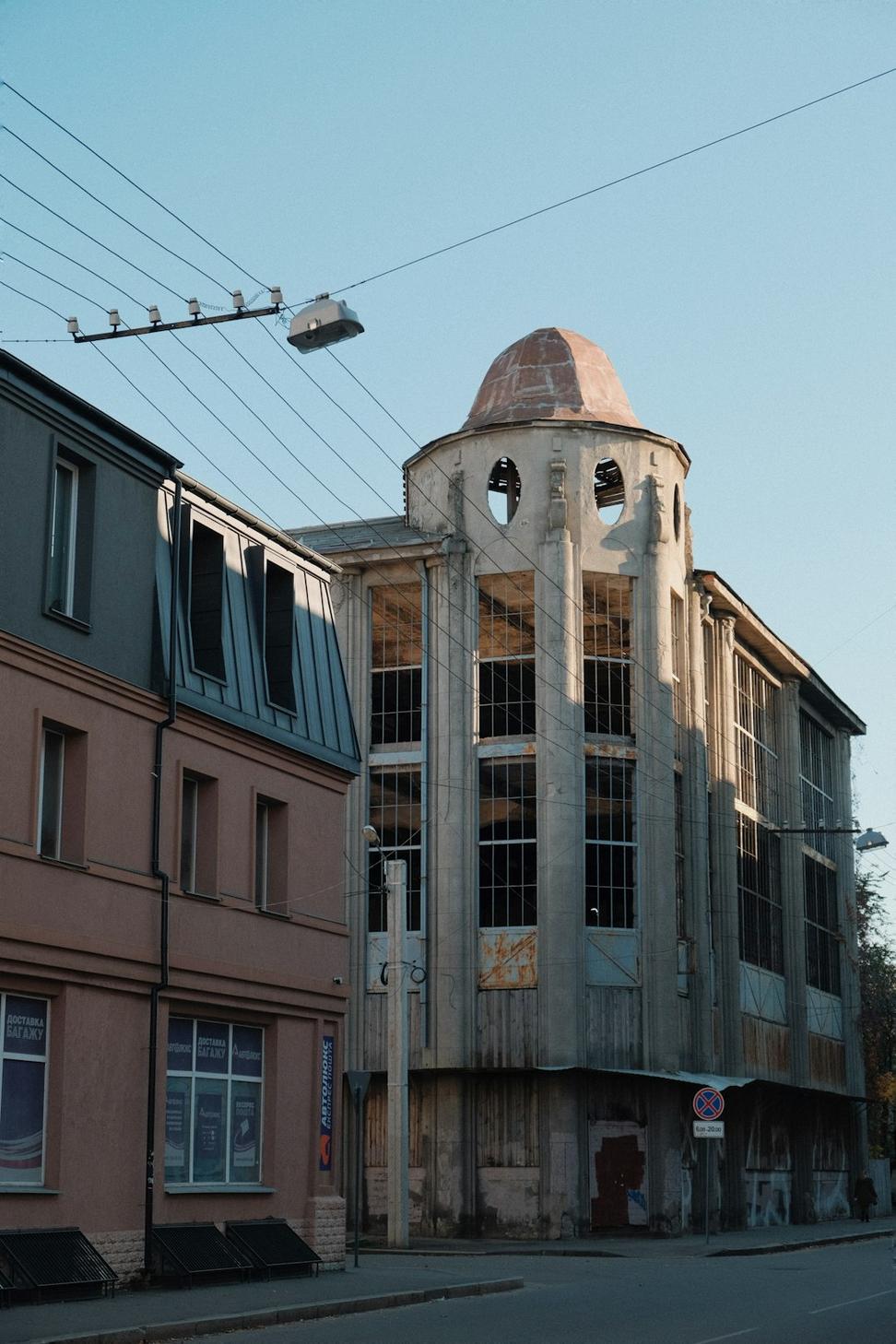
We've spent years getting our hands dirty with heritage buildings - the ones that tell real stories. Every crack, every beam, every weathered brick has something to say if you're patient enough to listen.

Here's the thing about heritage work - it's not about making old buildings look new. It's about respecting what was there while making sure they can stand for another century.
We dig through archives, old photos, blueprints - whatever we can find. Sometimes the building itself tells us more than any document could.
Yeah, paperwork's a drag, but heritage buildings need proper approvals. We've learned how to navigate the bureaucracy pretty well over the years.
This is where the magic happens. Skilled craftspeople working with both traditional techniques and modern tech to bring structures back.
Adding HVAC, electrical, accessibility - all the stuff people actually need, without destroying what makes the building special.
These transformations took patience, skill, and honestly a bit of stubbornness. When everyone says "just tear it down," we say "let's see what we can save."
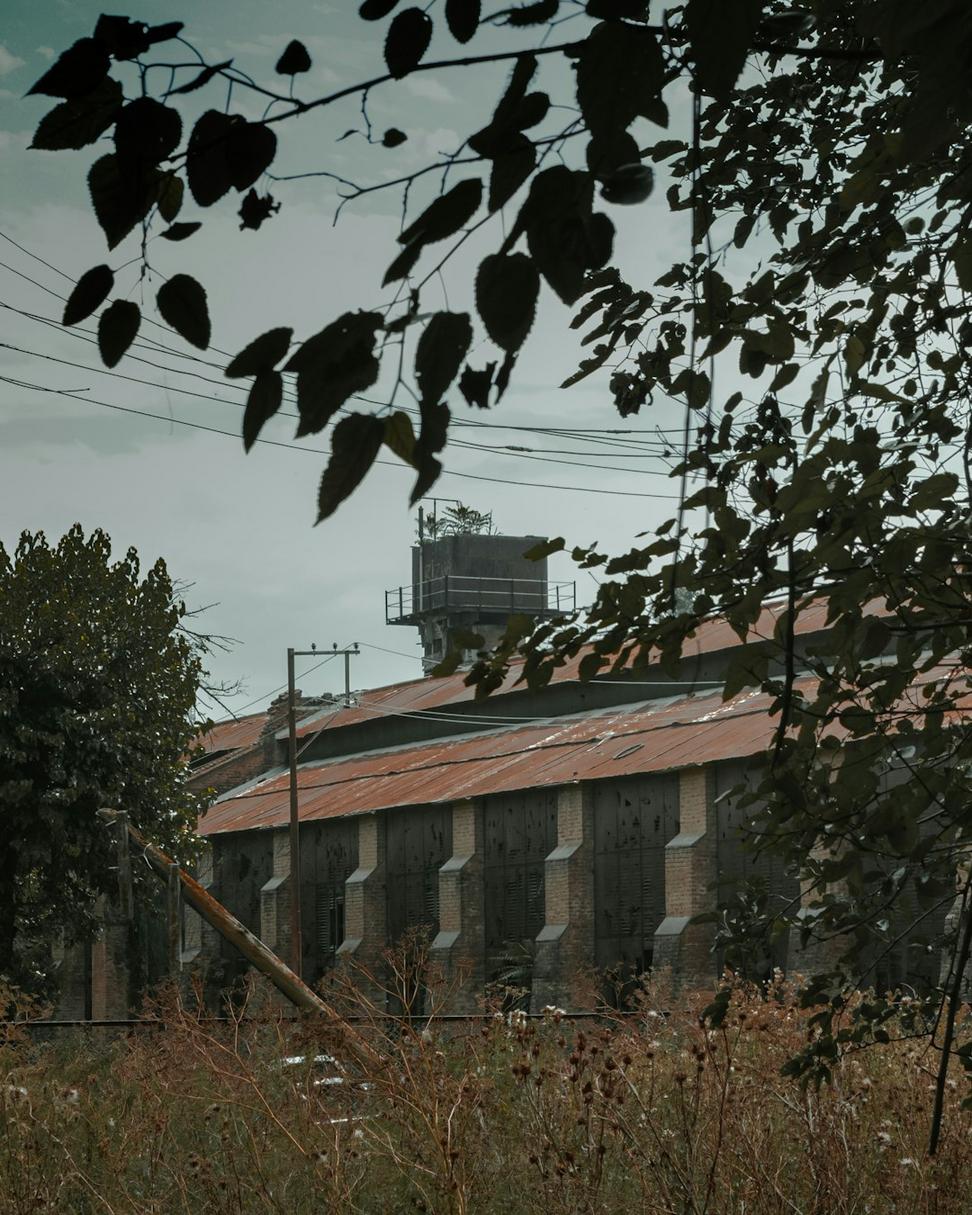
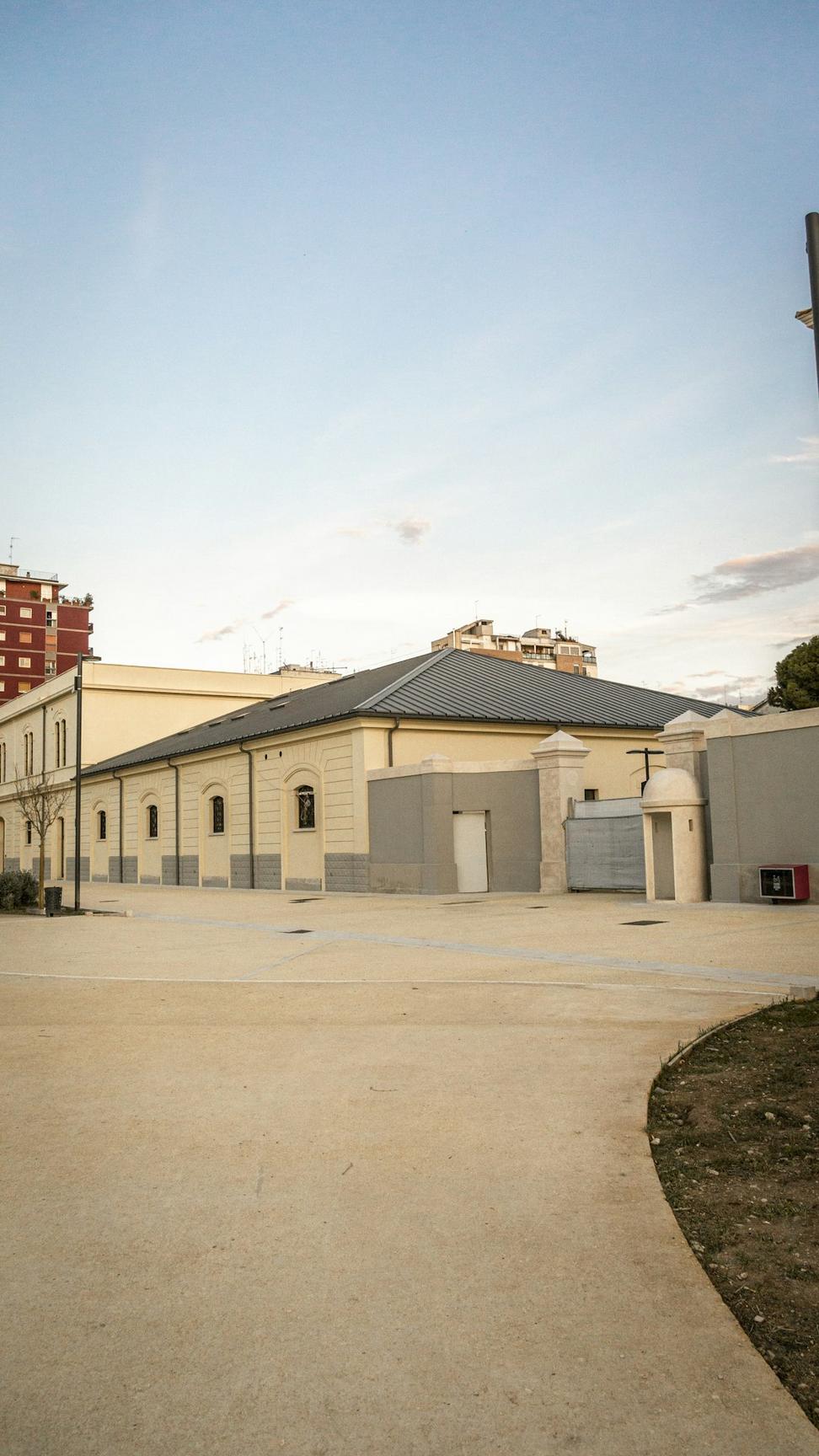
This 1892 brick warehouse was basically a shell when we got it - roof was gone in places, walls were crumbling, and pigeons had taken over. The original timber trusses were still solid though, which was a relief. We spent months carefully removing a century of industrial grime, reinforced the masonry with hidden steel supports, and installed huge industrial-style windows that actually fit the period. Now it's a mixed-use space with offices and a pretty decent coffee shop on the ground floor. The exposed brick and original wood floors give it character you just can't fake.
1892
22 months
Protected
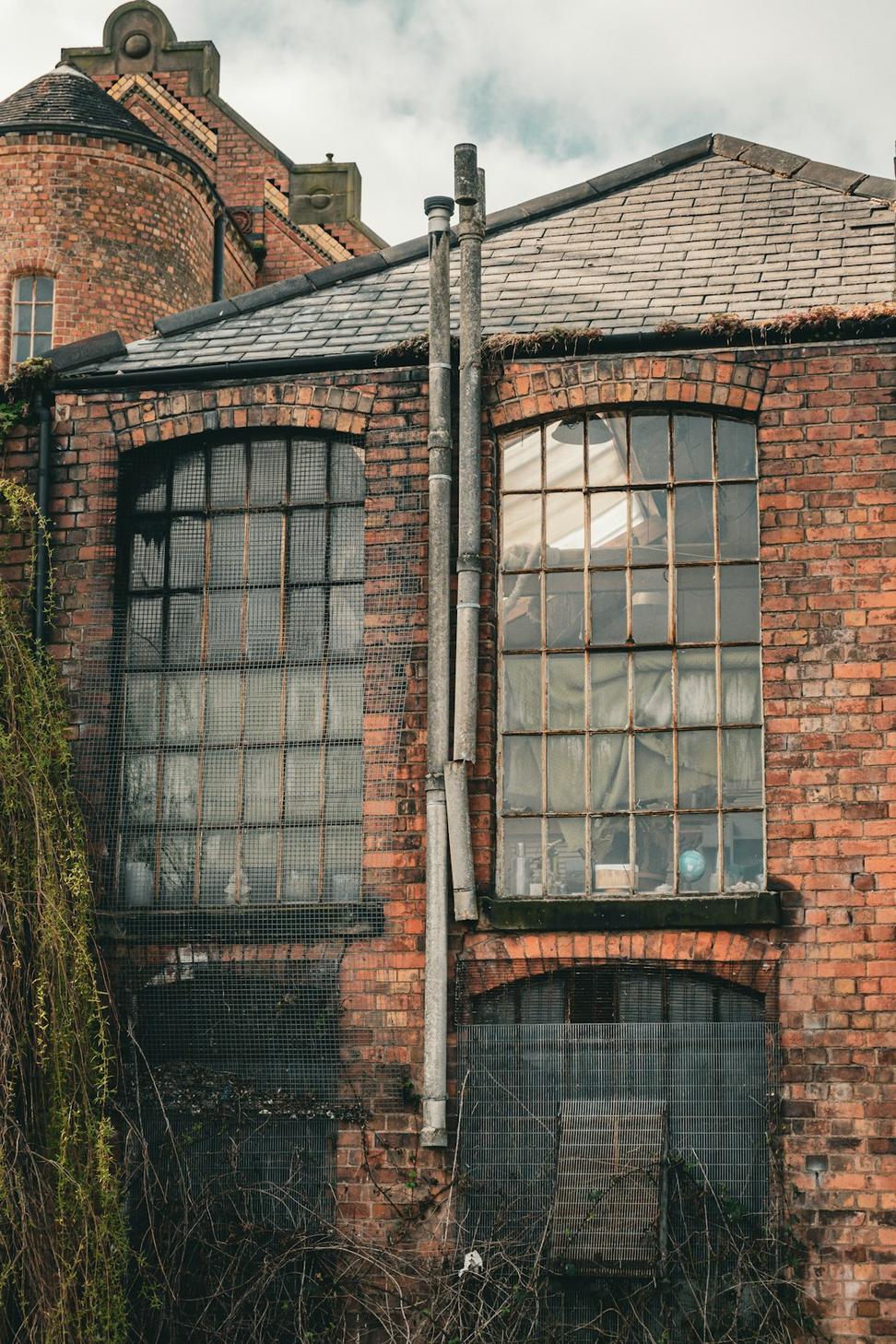
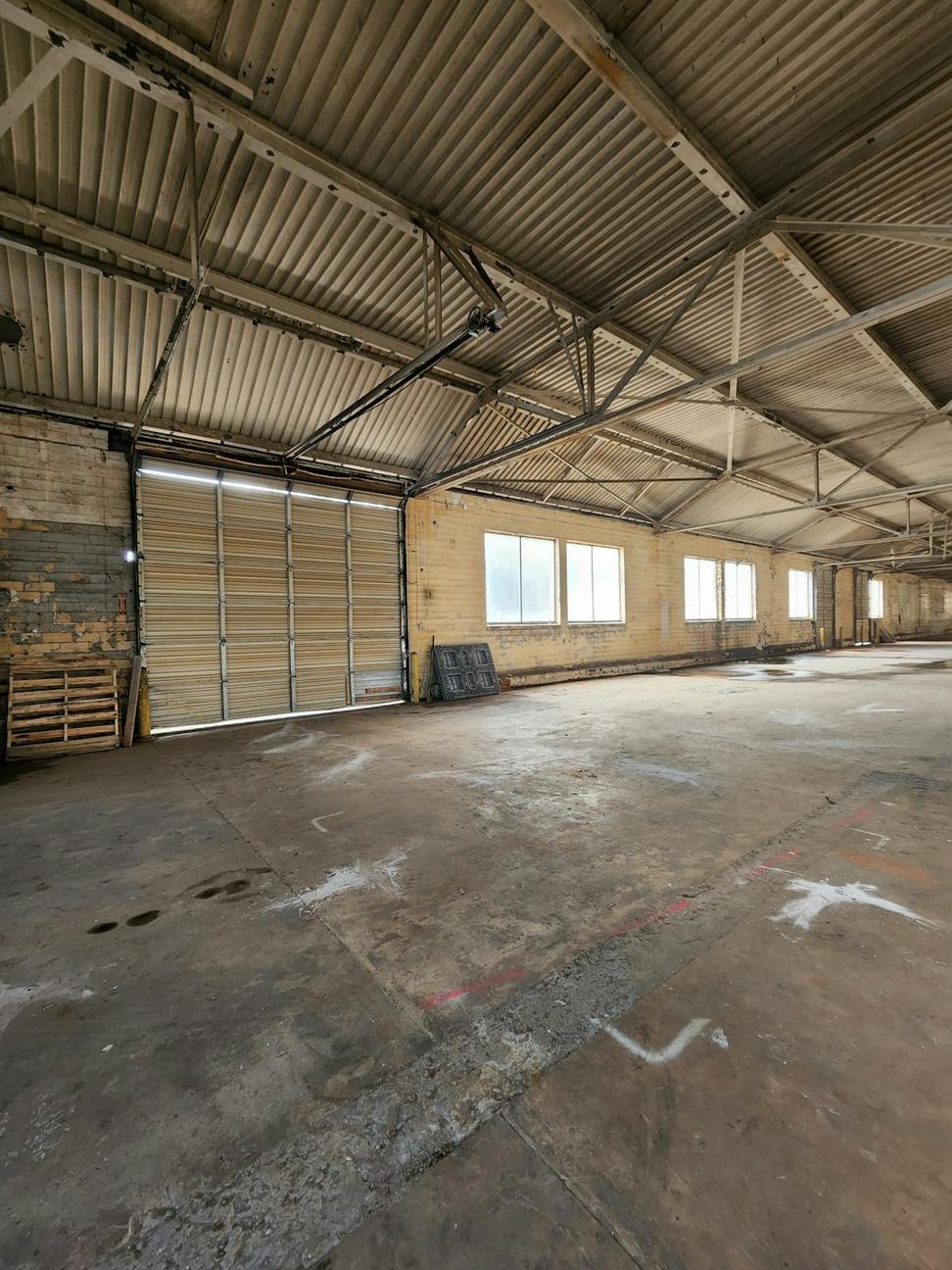
Man, this one was challenging. The building had been a working foundry until the 80s, so we're talking decades of industrial buildup and some pretty sketchy modifications. Found all sorts of surprises when we opened up the walls - some good, mostly not. The original cast iron columns were still in great shape, which became the centerpiece of the design. We kept the overhead crane system as a sculptural element - non-functional but it tells the building's story. Added a glass atrium in the center courtyard that floods the whole space with light. It's residential lofts now, and honestly, they're pretty stunning.
1905
26 months
Residential Lofts
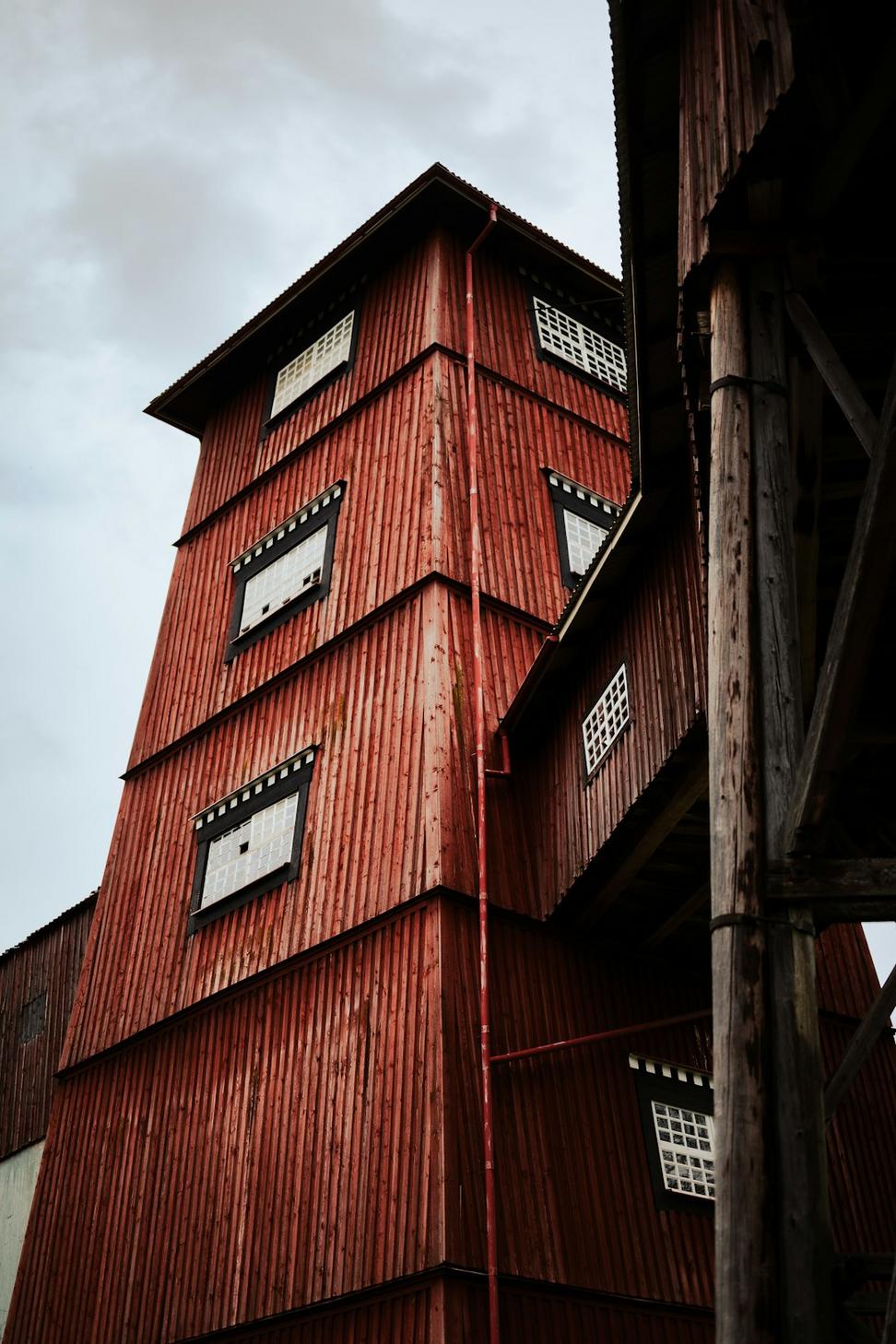
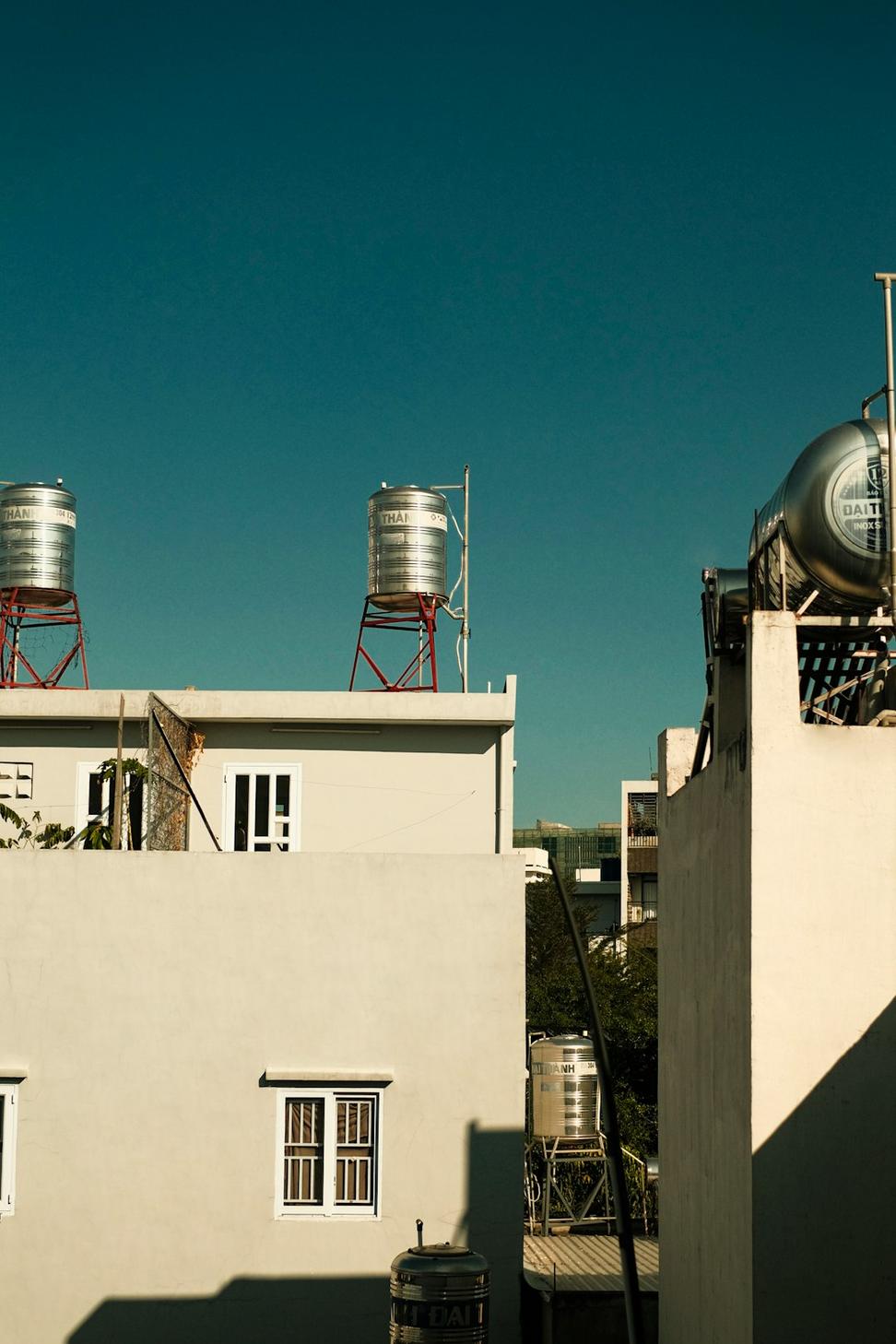
This Art Deco gem was a small power station back in the day - built in 1928 with these gorgeous terra cotta details and massive steel-frame windows. The structure was solid but everything else needed work. We preserved all the original electrical panels and gauges, mounting them as art installations throughout the space. The turbine hall became this incredible double-height brewery and taproom - keeping the industrial vibe alive but in a totally different way. The restoration won a heritage award, which was cool, but seeing people actually enjoying the space is what really matters.
1928
19 months
Brewery & Event Space
Look, I get it - sometimes it's easier and cheaper to just demolish and start fresh. But here's what you lose: the craftsmanship that doesn't exist anymore, materials you can't source, and stories that shaped our communities. These buildings represent actual human history, not just construction dates.
We've seen firsthand how a restored heritage building can revitalize an entire neighborhood. It's not just about nostalgia - it's about sustainability, cultural preservation, and creating spaces with genuine character. Plus, old-growth timber and century-old brick just hit different, you know?
Let's Talk About Your Heritage Project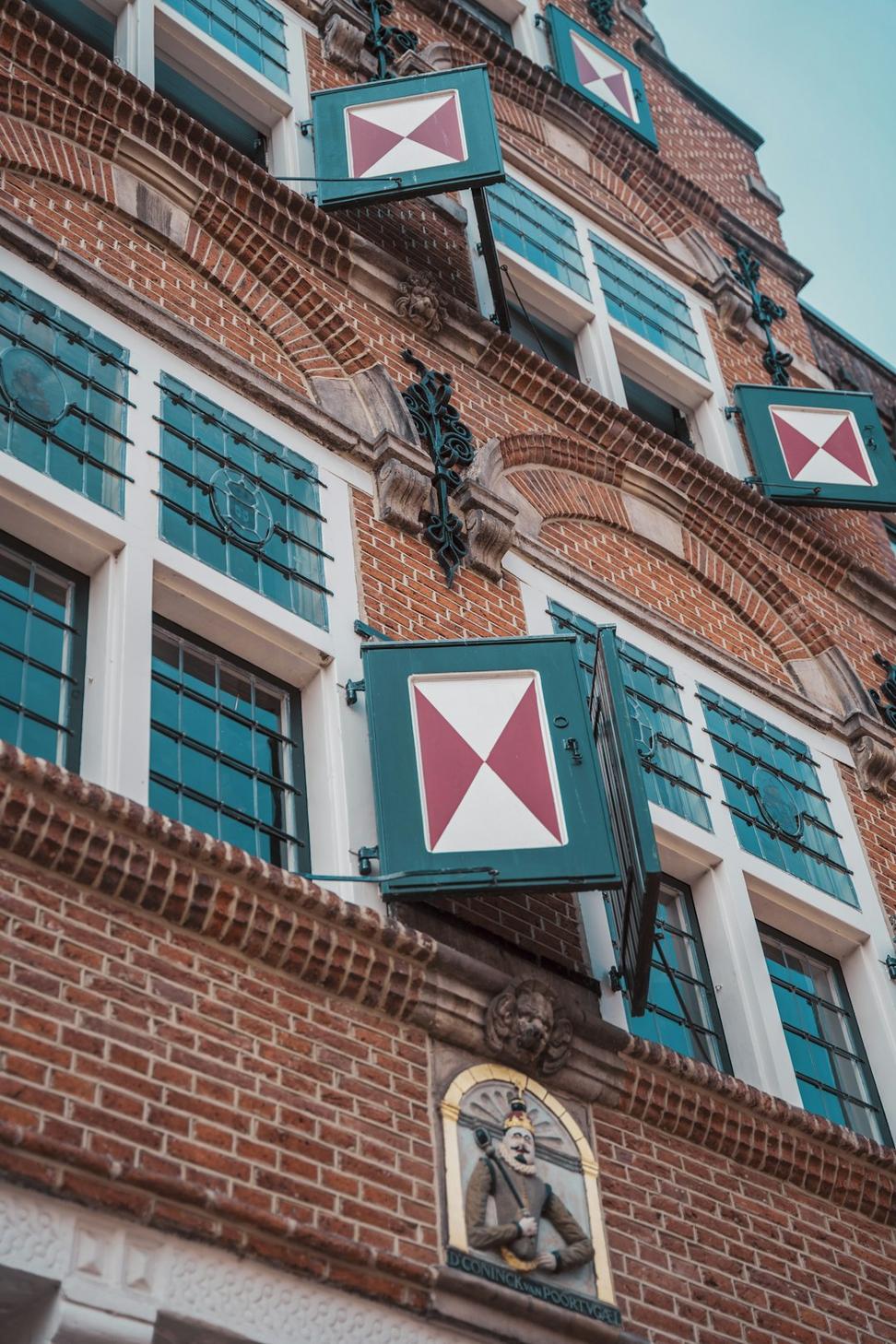
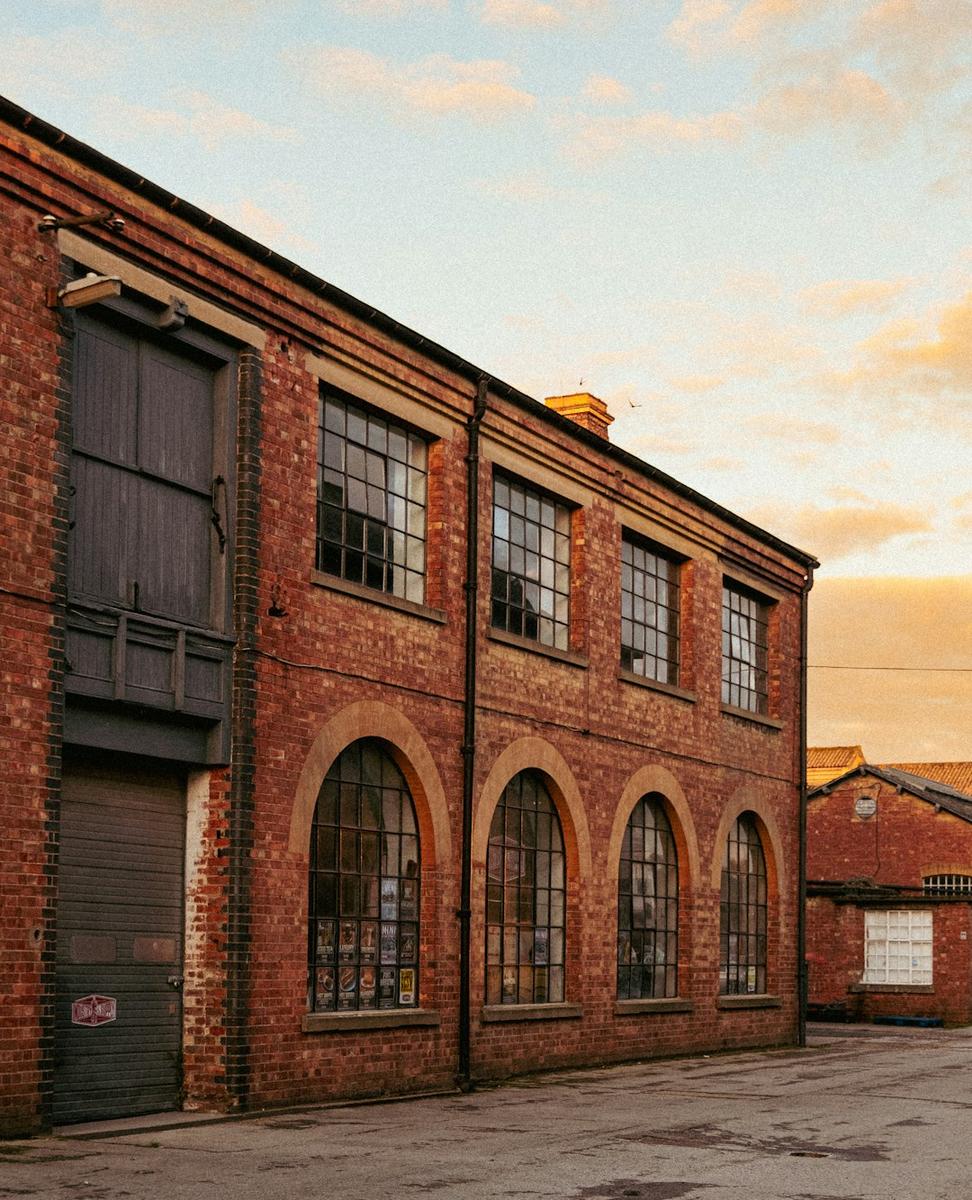
After years of restoration work, here's the stuff that really matters
Rushing heritage work is how you destroy irreplaceable elements. We've learned to slow down, assess carefully, and sometimes just sit with a problem until the right solution presents itself.
There aren't many stone masons, blacksmiths, or timber framers left who know traditional techniques. When you find 'em, treat them well - they're worth their weight in gold.
Modern building codes and heritage preservation can work together. It takes creativity and sometimes custom solutions, but it's doable. The key is respecting both.
We'd love to hear about it. Every building has potential - sometimes you just need someone who sees it.
Start a Conversation